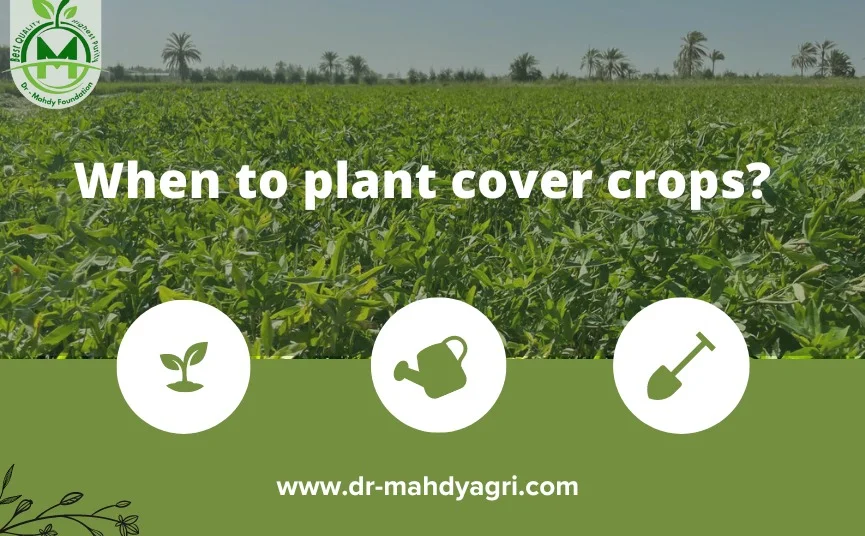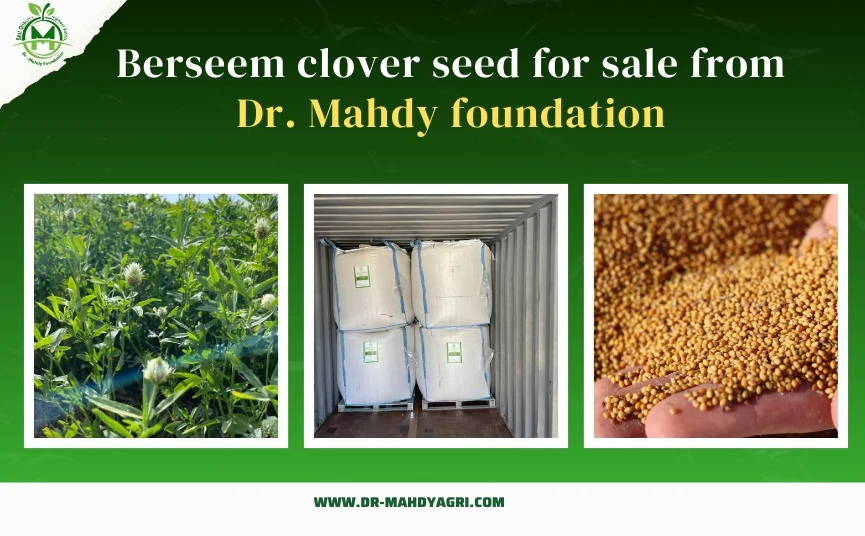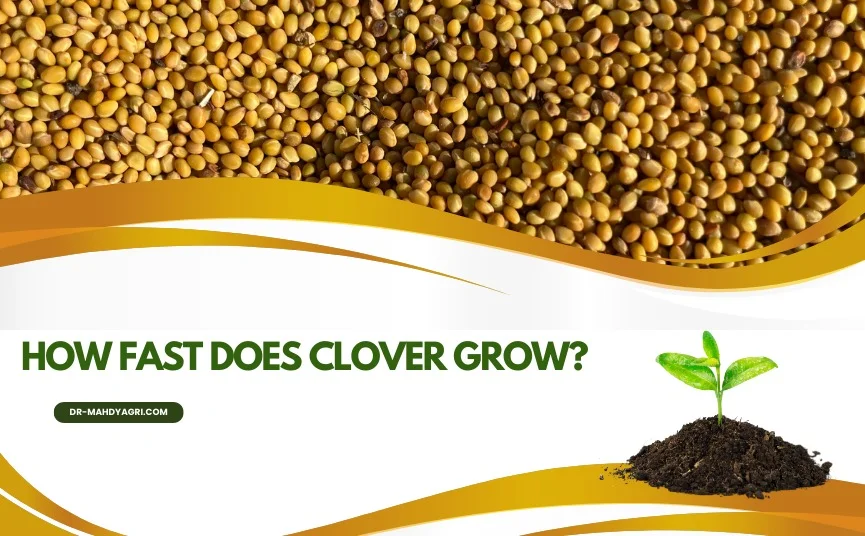

Learn how our R&D department's innovations have significantly enhanced seed quality, germination rates, and adaptability. Discover the methods, insights, and benefits of their groundbreaking work.
Introduction
In the world of agriculture, where crop yield and quality are paramount, the role of research and development (R&D) cannot be underestimated. Seed quality, germination rates, and adaptability are pivotal factors influencing agricultural success. This article delves into how our R&D department's pioneering efforts have brought about remarkable improvements in seed quality concerning germination and adaptability.
How Our R&D Department Improved Seed Quality in Regard to Germination and Seed Adaptability
The foundation of our success lies in the meticulous research and innovative strategies employed by our R&D experts. By leveraging cutting-edge technology and deep insights into plant biology, they have transformed seed quality, germination, and adaptability.
Innovative Genetic Selection Methods
Our R&D team has revolutionized seed quality through advanced genetic selection techniques. By identifying and isolating superior genetic traits, we've developed seeds with enhanced germination potential and adaptability to varying environments.
Optimized Nutrient Formulation
To foster robust germination, our experts have formulated nutrient blends tailored to each seed type. This optimized nutrition promotes healthy embryo development, resulting in higher germination rates and vigorous seedlings.
Precision Breeding Techniques
Precision breeding, a hallmark of our R&D efforts, involves the precise alteration of plant DNA to enhance desirable traits. This method has led to the creation of seeds with improved stress tolerance, disease resistance, and adaptability, ensuring consistent yields even in challenging conditions.
Tailored Environmental Simulation
Our R&D department employs state-of-the-art growth chambers to simulate diverse environmental conditions. This meticulous testing ensures that our seeds can thrive in various climates, soils, and stressors, enhancing their adaptability and resilience.
Collaborative Knowledge Exchange
We maintain strong collaborations with agricultural universities and research institutions worldwide. This exchange of knowledge allows us to integrate diverse expertise and stay at the forefront of seed improvement technology.
FAQs
Can improved seed quality lead to higher crop yields?
Absolutely. Enhanced seed quality directly correlates with better germination rates and adaptability, resulting in healthier plants and increased yields.
What role does adaptability play in seed quality?
Adaptability ensures that seeds can flourish in varying conditions, such as soil types, climates, and stress levels, contributing to consistent crop production.
How long did it take to see the results of these innovations?
Significant improvements were noticeable within a few growing seasons, showcasing the rapid impact of our R&D initiatives.
Are these advancements limited to specific crops?
Our R&D efforts have a wide-ranging impact, benefiting a variety of crops and agricultural systems globally.
How can farmers access these improved seeds?
Farmers can acquire our improved seeds through authorized distributors, ensuring they receive the authentic quality and benefits of our innovations.
Are there any sustainability benefits associated with these advancements?
Absolutely. Higher germination rates and adaptability lead to reduced seed wastage and a more sustainable agricultural practice.
Conclusion
In conclusion, the transformative journey of how Dr.Mahdy foundation R&D department elevated seed quality concerning germination and adaptability has far-reaching implications for agriculture. Through ingenious genetic selection, precise breeding techniques, and cutting-edge technology, we've ushered in a new era of seed excellence. These innovations empower farmers with seeds that exhibit unparalleled germination potential and the ability to thrive in diverse environments. As we continue to pioneer advancements, our commitment to fostering agricultural success remains unwavering.



